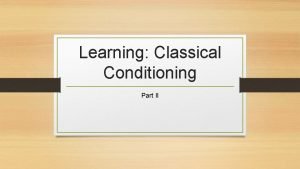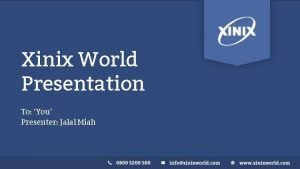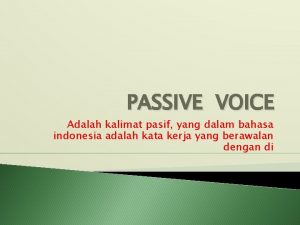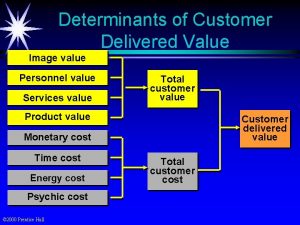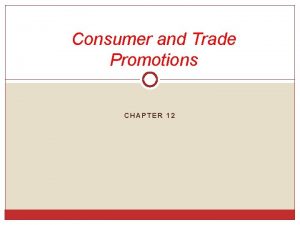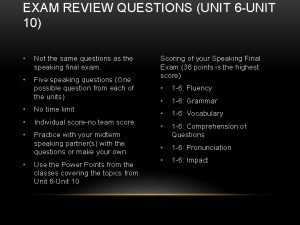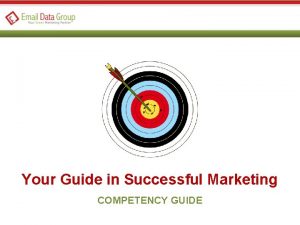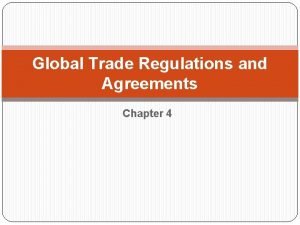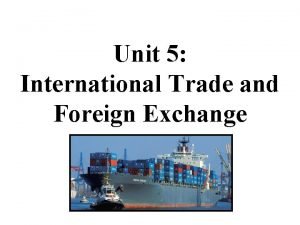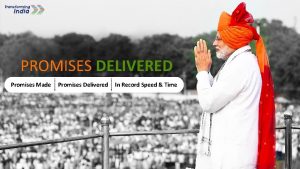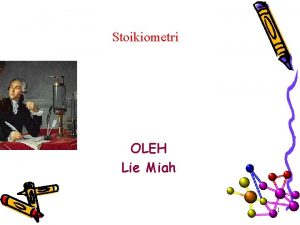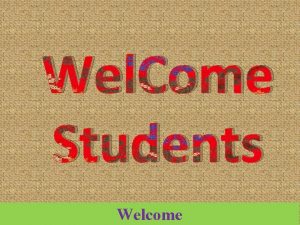Unit 5 International Business Delivered by Mr Miah

Unit 5: International Business Delivered by Mr. Miah

START TO ASSIGNMENT 1 includes: • P 1 • P 2 • P 3 • P 4 • M 1 • M 2 • D 1

Start to P 1 • Subtitle: Explain why two businesses operate in contrasting international markets • International business holds exciting and lucrative opportunities for the right businesses looking to venture globally. • For P 1, you must select two separate businesses in different industries. • You must then explain why these two different businesses operate internationally. • To explain, the reason why, use the case study on the Weebly webpage to identify five benefits for each business. • You must include the different international markets the two businesses operate in when explaining the benefits.

Start to P 2 • Subtitle: Explain the types of finance available for international business • For international businesses there are different types of finance available. • For P 2, you must research the three different types of finance: – Helping exporters win contracts – Helping exporters fulfil contracts – Helping exporters get paid • Use the link below to help in your research: www. gov. uk/government/organisations/uk-export-finance • Lastly, on the above link, you must include case study examples in your explanations of each type by clicking onto the ‘find out more…’ on the website.

Start to M 1 • Subtitle: Analyse the support that is available to contrasting businesses that operate internationally • As part of P 2 you explained the different types of support available to different businesses that operate internationally. • You must now analyse the different types of finance available, aiming to identify whether the finance has helped businesses or has not helped businesses, clearly explaining why and how. • You must use case study examples from the government website used in P 2 to build strong analysis.

Start to P 3 • Subtitle: Explain the main features of globalisation that affect two contrasting businesses • For P 3 you are required to undertake research to fulfil the coursework tasks • Define, describe and give examples of the concept of Globalisation • Describe the following main features of Globalisation: – – – Trading blocs International mobility of labour and capital International currencies Multinational corporations International business communications International payment systems • Then apply and explain two business examples for each feature of Globalisation

Start to P 4 • Subtitle: Explore the role of trading blocs on international trade • Explain the impact of the following trading blocs on international business: – World Trade Organization (WTO) – The EU – Mercosur – NAFTA – Asia Pacific Economic Cooperation (APEC)

Start to M 2 • Subtitle: Analyse the barriers to two contrasting businesses of operating internationally • Choose two relevant businesses • Analyse the following barriers to trading internationally for two selected businesses: – – – Trade restrictions Exchange rate volatility Legal and regulatory systems Financial requirements Operating risks Economic sanctions

Start to D 1 • Subtitle: Evaluate the impact of globalisation on a business • Evaluate how globalisation has affected a selected business. • Evaluate how trading blocs have affected a selected business. • Evaluate how trade restrictions have affected a selected business.

START TO ASSIGNMENT 2 ASSIGNMENT 1 includes: • P 5 • P 6 • M 3 • D 2

Start to P 5 • Subtitle: P 5 - Explain the external factors that influence a selected business considering trading internationally • Choose a selected business that is considering trading internationally. • Complete a PESTLE analysis on the chosen business, choosing two factors on each part from the image on the following slide.


Start to M 3 • Subtitle: P 6 - Carry out a situational analysis on two countries that a selected business may consider trading in. • Select the same business from P 5, and identify two countries this business may consider trading in. • Produce a situational analysis on each country through the following models: – SWOT Analysis – 5 C Analysis – Porter’s Five Forces • Select one factor from each model and analyse the two countries the business may consider trading in (use following slides to help)



Start to P 6 • Subtitle: P 6 – Explain how business support systems enable a selected business to trade internationally • Businesses that trade internationally have support systems to help them, these are mainly: Influence of the Internet and International payment methods. • Choose a selected business • Identify and explain three factors of Internet influence that can enable the business to trade internationally. • Explain how the following International payment methods can enable a business to trade internationally: – Cash in advance – International credit card – International bank transfer • Ensure you define the key terms: internet in business, cash in advance, international credit card and international bank transfer first.

Start to D 2 • Subtitle: D 2 – Recommend one country that a selected business could target for international trade, justifying your decision. • Choose the same business you have been doing so far for this Assignment. • Select one country the business can target for international trade. • Justify going into that country by doing the following: – – 3 External factors (from P 5 PESTLE) Strengths and Opportunities (from M 3 SWOT) 3 elements of 5 C Analysis (M 3) 2 elements from Porter’s 5 Forces (M 3) • Ensure you justify each point as being the reason for international trade in that country (use the word “justify” in work)

START TO ASSIGNMENT 3 ASSIGNMENT 1 includes: • P 7 • P 8 • M 4 • M 5 • D 3 • D 4

Start to P 7 • Subtitle: Explore the cultural differences affecting international businesses. • Explain the different cultural differences that impact upon businesses, by applying real-case business examples into your answer. • Find out different cultures of the following, then explain how these affect international businesses: – – – Languages Ethnic population make-up Religion Social structure Attitudes to business (respect to clients/relationship building/ punctuality to meetings/Equality between men-women)

Start to M 4 • Subtitle: Analyse how cultural differences affect international businesses. • You must use the same cultural factors that influence an international business you used for P 7 • You must analyse the impact of these factors to international businesses – use relevant international business examples in your answer for each point. • REMEMBER: when analysing you must explain in detail what are the consequences of each factor to the business.

Start to D 3 • Subtitle: Evaluate the impact of cultural differences on international businesses. • Using the same factors as in P 7 + M 4, you must evaluate the implications of these factors onto international businesses. • To do this, you must evaluate the strengths and weaknesses (pros + cons) each factor brings to international businesses. • You must show international business examples to demonstrate strong evaluation throughout the work.

Start to P 8 • Subtitle: Explain how products and processes have to be adapted for international markets by a selected business. • Select a business that trades internationally • Explain how the selected business has adapted (changed) its products to enter an International market (use various product examples) • Explain how the operating process of a business has adapted (changed) for entering an International market, use the following points to explain this: – Marketing strategies and brand names – Advertising – Organisational culture (how the local culture influences a business’s culture)

Start to M 5 • Subtitle: Analyse the effectiveness of the strategies and resources used by a selected international business. • Select a business that trades internationally • Research and analyse the effectiveness of the following strategies that your selected business uses when entering international markets: – Joint ventures – Franchising • Research and analyse the effectiveness of the following resources that your selected business uses when entering international markets: – Capital costs (costs to start the operations in an International market) – Revenue costs (costs that are related to the sales of the business) – Training costs for local labour **ENSURE WHEN ANALYSING THE EFFECTIVENESS, YOU EXPLAIN HOW THAT STRATEGY/RESOURCE HAS HELPED THE BUSINESS IN THAT INTERNATIONAL MARKET**

Start to D 4 • Subtitle: Evaluate the success of the strategies and resources used by a selected international business in one of its markets. • Using the same strategies and resources used in M 5, you must now evaluate these different factors. • To evaluate, you must analyse in detail the strengths and weaknesses of each strategy and resource to the business in operating in international markets.
- Slides: 24
